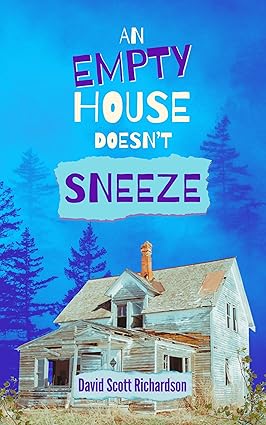A balanced tale that remains refreshingly optimistic.
Seattle wasn’t always home to grunge bands, the Space Needle, and soy lattes. In the 1940s, northwestern Washington was known for gasoline shortages, scrap drives, blackouts, and relocation assembly centers. Amid this turbulent landscape is young Scotty Johannsen, the quintessential teenage American boy finding his place in the dark shadow of World War II. Scotty loves airplanes and comic books, though he isn’t as fond of algebra homework or bomb-shelter bonding in his spider-filled basement. All the usual wartime gossip makes its rounds in the neighborhood and Scotty and his friends have a vested interest in these rumors. But even international headlines can’t compete when news of a local arsonist begins to spread. Naturally curious and eager to help out, Scotty launches an investigation with the assistance of some enterprising friends. But his sense of community and loyalty will be tested as he gets close to the truth and the toll of war becomes more pronounced.
If you enjoy well-rounded historical fiction, you’ll love the perspective and accuracy of An Empty House Doesn’t Sneeze. Told through the lens of a teenage boy, the impact of growing up in a tumultuous period takes on a relatable tone. Not many left among us have lived through a conflict on the scale of a world war, yet David Scott Richardson vividly delivers a stirring coming-of-age tale set in a time period preserved only in history books, handed-down family stories, and fictional tales. Family dynamics feel authentic, capturing a slice of life in all its mundane glory. Whether it’s older brother Erik nearing draft age, Scotty obsessing over the latest Wonder Woman comic, or mom concerned with boosting morale while keeping everyone fed, the Johannsen household is one you can see yourself in. The author has a mesmerizing way with words, making something as disagreeable as a character’s compulsive urge to set things on fire sound sensual, even vital. A broad array of interesting facts and statistics from the era help define American history in living color. For example, as stay-at-home moms and women took on more jobs to fill the gaps left by huge numbers of men entering the military, the book illustrates a pivotal change that took place in the dynamics of family life, the workforce, and society in general. Portraying the inevitable end of innocence, An Empty House Doesn’t Sneeze is a balanced tale that remains refreshingly optimistic while allowing readers an intimate opportunity to feel connected to our collective past.






